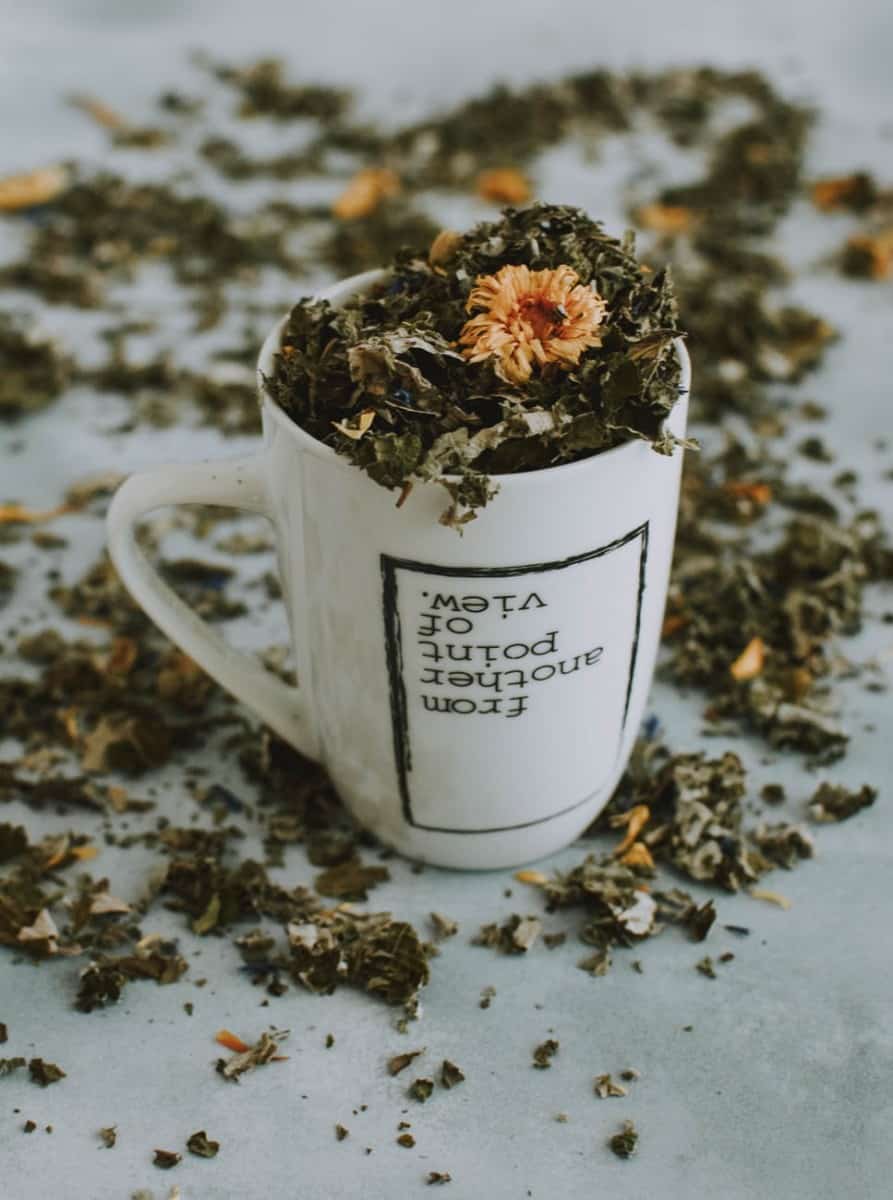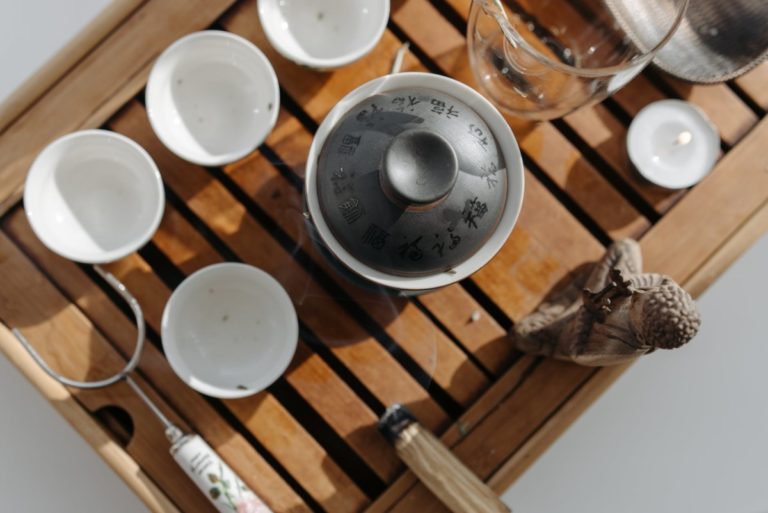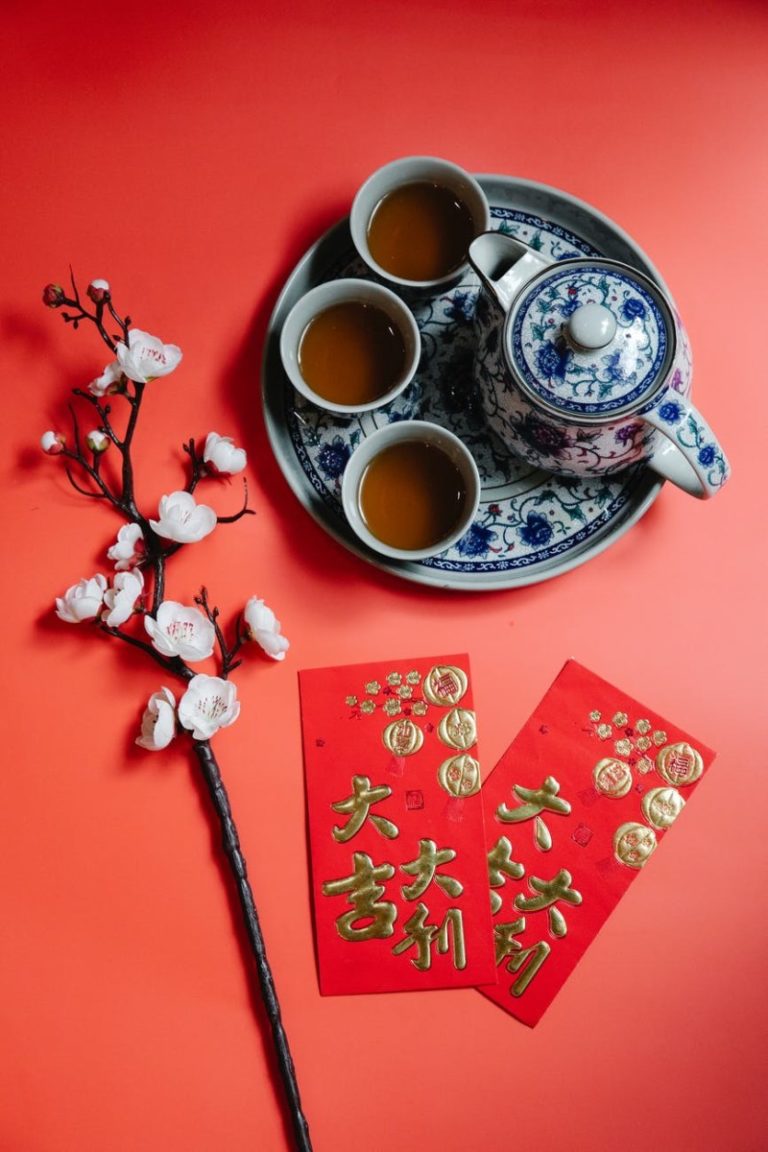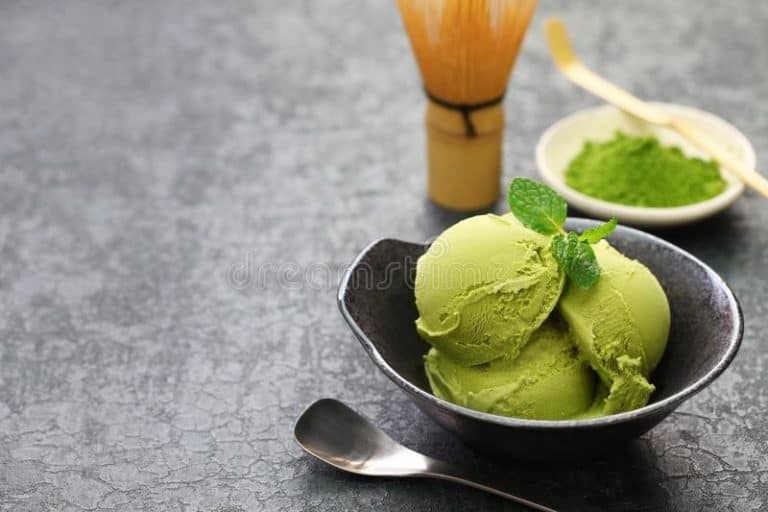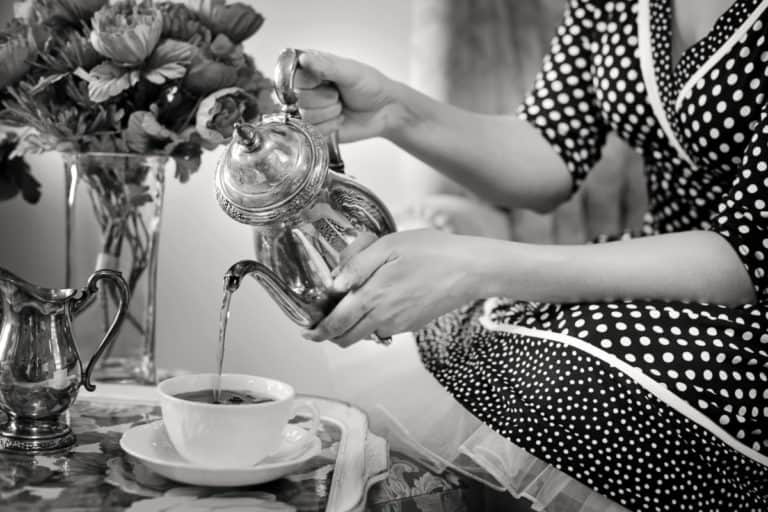Herbs for Tea – Aromatic Infusions of Herbal Tea
Tea herbs are added to tea to improve both the scent and taste of the beverage. There are a variety of health advantages as well as medical applications for the herbs that may be steeped in tea. The tea leaves have been infused with a particular herb, which imparts the flavor and antioxidant properties of that herb into the herbal tea. When making a potpourri, it is common practice to use the usage of more than one herb in order to get the desired taste combination.
The “camellia sinensis” plant’s leaves, which are used to produce tea, are the essential component. Tea is named after the camellia sinensis plant. Camellia sinensis is the sole plant known to be responsible for the production of tea, despite the fact that there are thousands of different varieties of tea. Different kinds of tea, such as white and black tea, may be produced thanks to a variety of technologies and procedures. The fragrance of this tea, which is served simply, may be improved by adding herbs.
Even though the percentage of people who like coffee is far larger than the number of people who appreciate tea, there is clear evidence that tea is becoming an increasingly popular beverage. Additionally, the quantity of caffeine that is found in tea is lower than that which is found in coffee, making tea a safer and superior beverage alternative to coffee.
The active component polyphenol, which is referred to collectively as catechin, is present in tea and is one of the ingredients that may be found in the beverage. This component is the most powerful antioxidant available, which means it can stop the damage caused by free radicals. Green tea’s antioxidants are among the most powerful found in any beverage, making it an excellent remedy for a wide range of conditions.
Stevia is a natural sweetener that comes from the leaves of the Stevia plant and is one hundred times sweeter than sugar. In addition, they do not provide any additional calories. This is a sun-loving plant that is simple to cultivate. Tea should just have a trace of it added to it.
Chamomile is a plant whose blossoms are used medicinally as a moderate sedative and as a tonic. Tea with chamomile in it helps people sleep better and reduces restlessness by relaxing the body and mind. The blossoms of the chamomile plant, which have a perfume of green apple, look very much like daisy flowers. They provide a subtle taste to the tea regardless of whether they are used in their fresh or dried state. The blossoms blend well with only a few peppermint leaves, and the herbal tea that results from this combination is really delectable.
For the preparation of hibiscus flower tea, the calyxes, which are located underneath the flowers, are utilized. The beverage has a taste that is comparable to cranberry and a fragrance that is reminiscent of berries. The red bloom gives the beverage its strong color of crimson, which is caused by the red bloom. This beverage is also sold under the brand names Jamaican tea and Roselle tea.
Basil is a potent plant that imparts a distinctively acidic and flavorful hue to the tea. The tea turned out really well thanks to the fresh basil leaves that I put in it. Before putting the leaves into the tea, crush them up so that the liquid may more easily combine. Spend about two to three minutes permeating the tea.
Are you curious about the many herbs that may be used to make tea? Check out the associated article I wrote on herbal tea!
